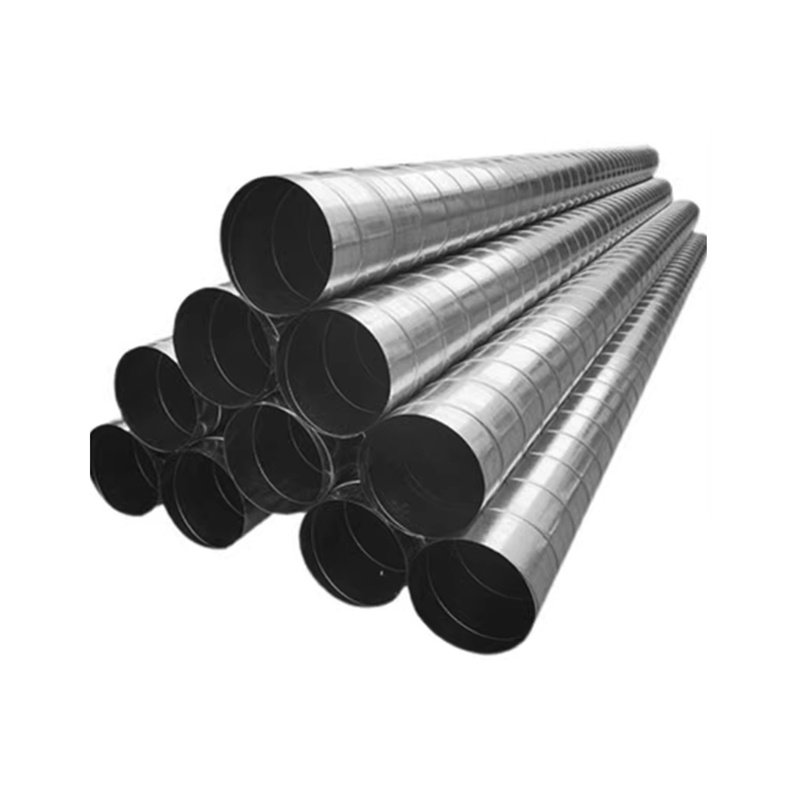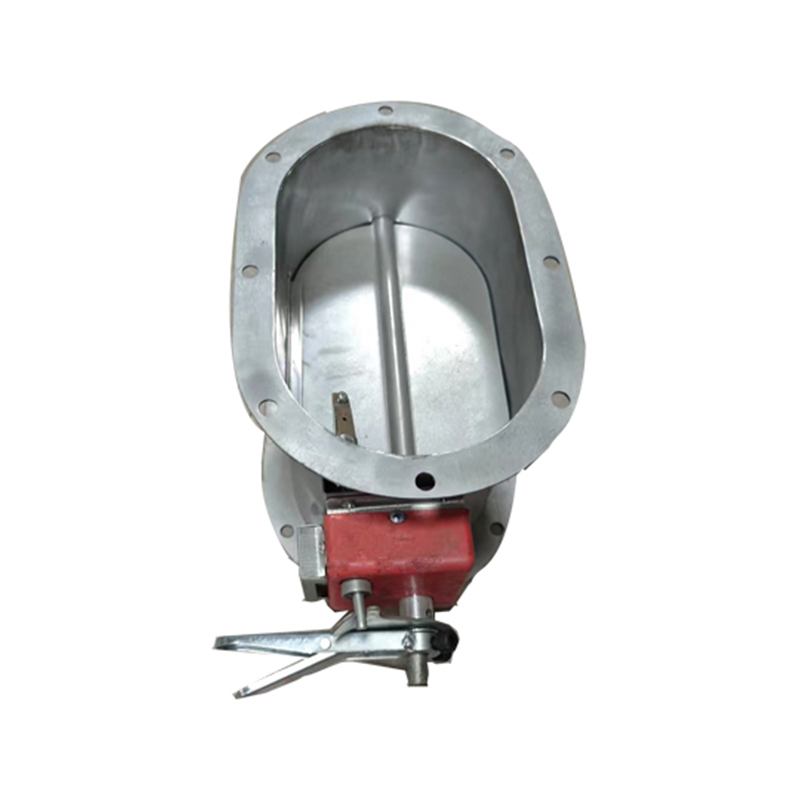Will the PVC composite aluminum foil tube crack under long-term bending?
Release Time : 2025-07-15
Whether the PVC composite aluminum foil tube will crack under long-term bending depends on its material properties, structural design, degree of bending and environmental conditions. It cannot simply give a positive or negative answer, but needs to be judged comprehensively based on multiple factors.
From the material itself, the PVC layer has a certain flexibility and elasticity, and can deform and not break easily when bent moderately. Although the aluminum foil layer is thin, it has good ductility and can stretch or shrink to a certain extent following the bending of the PVC layer. This composite structure allows the pipeline to have a certain crack resistance within the normal bending range, especially when the bending radius is large, the various layers of the pipeline are evenly stressed, and it is not easy to produce local stress concentration. In this state for a long time, there is usually no obvious cracking phenomenon.
However, if the degree of bending exceeds the bearing limit of the pipeline, such as the bending radius is too small, the PVC layer on the inside of the pipeline will be squeezed, and the PVC layer and aluminum foil layer on the outside will be stretched. Internal extrusion may cause wrinkles in the PVC layer, and long-term stress will gradually fatigue the material at the wrinkles and lose elasticity; external stretching may cause fine cracks in the aluminum foil layer first, and these cracks will gradually extend to the PVC layer, eventually causing the pipe to crack. Especially in low temperature environments, the flexibility of the PVC material will decrease and become relatively brittle and hard. At this time, if it is in a long-term bending state, the possibility of cracking will increase significantly.
The composite process of the PVC composite aluminum foil tube has a great influence on the crack resistance under long-term bending. If the adhesion between the PVC layer and the aluminum foil layer is not tight enough, there will be a slight relative sliding between the two layers during long-term bending. This sliding will generate friction, gradually destroy the bonding layer, and cause local delamination. The delaminated pipe will lose its integrity at the bending part. When subjected to stress, each layer will bear pressure or tension alone, and it is easy to crack at the edge of the delamination. The firmly bonded composite structure allows the two layers to bear stress synergistically, jointly resist the stress caused by bending, and reduce the risk of cracking.
Temperature changes in the use environment will also affect the crack resistance of the pipe. In a high temperature environment, the PVC layer will gradually soften. Although it can enhance flexibility in the short term, long-term exposure to high temperature and bending will cause changes in the PVC molecular structure and creep, that is, the material slowly deforms under continuous stress, and may eventually become locally thinner at the bending part, resulting in cracks. In an environment with frequent temperature fluctuations, the pipe will deform repeatedly due to thermal expansion and contraction, and the stress at the bending part will continue to change, which can easily accelerate the aging and fatigue of the material and increase the possibility of cracking.
The wall thickness of the PVC composite aluminum foil tube and the thickness of the aluminum foil layer are also important factors. The thicker PVC layer can provide stronger support and tensile resistance, and is not easy to be broken during long-term bending; when the aluminum foil layer is thicker, its ductility advantage can be better exerted, and the ability to follow the bending of the PVC layer is stronger, and it is not easy to crack. On the contrary, when the thinner wall pipe is bent for a long time, the forces on each layer are relatively concentrated, and it is easy to crack due to insufficient material, especially when the aluminum foil layer is too thin, fine cracks may occur at the first bending, but they do not expand in a short period of time, and gradually appear after long-term use.
The fixing method during installation will also affect the stability of the pipeline in a long-term bending state. If the bending part is firmly fixed, there will be no additional deformation due to vibration or external force. The pipeline can maintain its shape under stable stress and is less likely to crack. However, if the bending part is not fixed, the pipeline will shake slightly due to air flow or external vibration during use. This continuous micro-motion will cause the material of the bending part to be constantly subjected to friction and stress impact, which may cause local wear or cracks in the long run, and eventually cause cracking.
In addition, the medium transported by the pipeline may also indirectly affect its crack resistance. If the transported gas contains corrosive components, it will gradually erode the PVC layer and aluminum foil layer, reducing the strength and toughness of the material. In a long-term bending state, the corroded part is more likely to crack when subjected to force, especially when the corrosion is concentrated in the bending part, the crack will develop faster. When transporting clean, non-corrosive gas, the pipeline material can maintain stable performance, and the crack resistance in a long-term bending state is more guaranteed.
PVC composite aluminum foil tube is within a reasonable bending range, in suitable environmental conditions, and after good composite process treatment, it usually will not crack during long-term use. However, if it is bent excessively, in a harsh environment, with poor workmanship or improper installation, the risk of cracking will increase. Therefore, in actual use, according to the specifications and performance of the pipeline, avoid excessive bending, choose a suitable installation environment, and ensure that the installation is firm to reduce the possibility of cracking under long-term bending.







